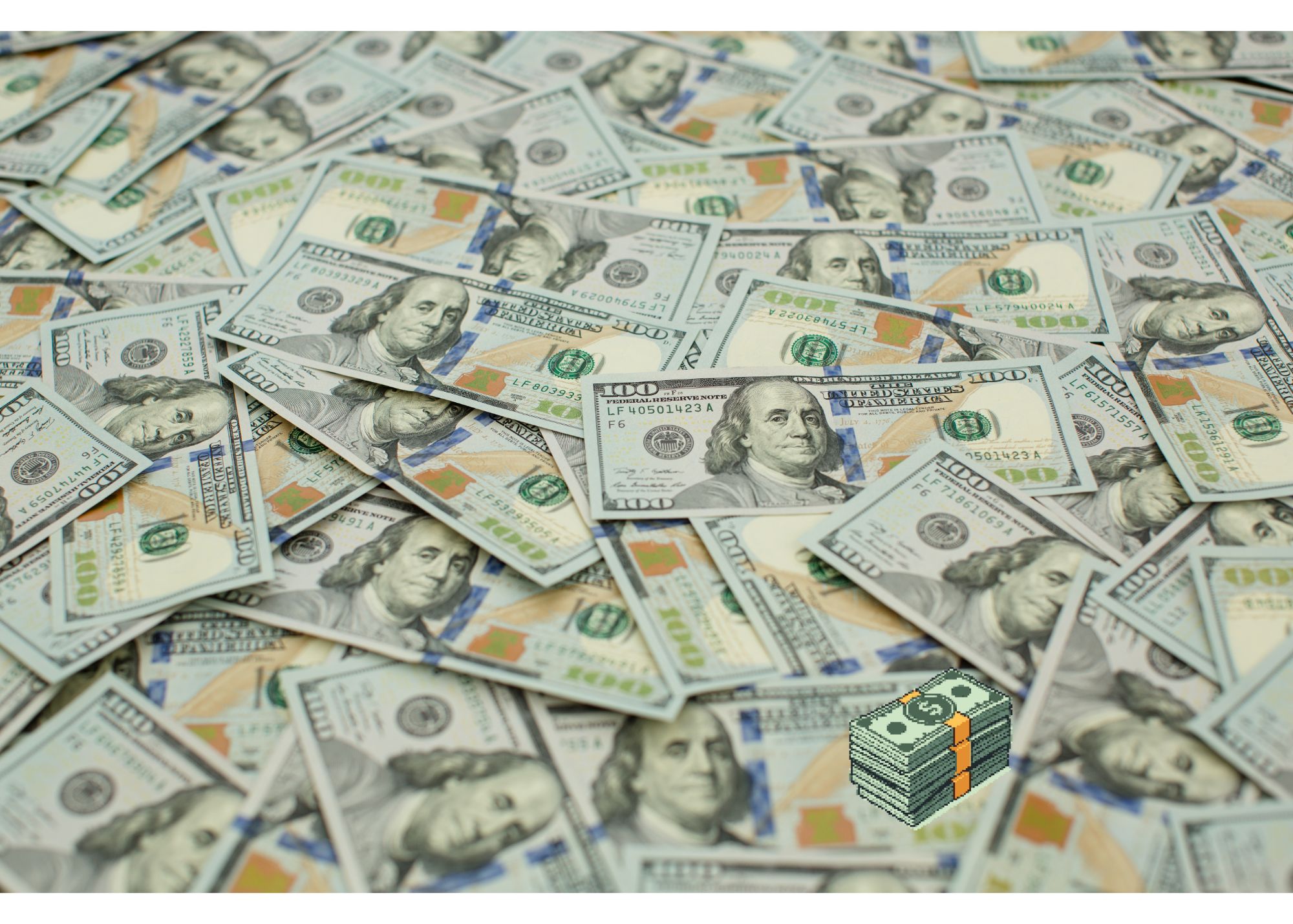Market Commentary: SELL In May and Stay Away?
Seasonal trends in the stock market are powerful. From the January Effect and The Santa Claus Rally to The Halloween Effect and perhaps the most famous of all Sell in May and Stay Away (until Labor Day). But can these seasonal trends really be trusted?
Key Points
- Seasonal trends in the stock market are powerful, but they are not always reliable. The S&P 500 has averaged a positive return of 2.93% during the May-September period over the past 50 years.
- The best months for the stock market are October-April. The S&P 500 has averaged a positive return of 7.05% during this period over the past 50 years.
- September is the worst month for the stock market. The S&P 500 has averaged a negative return of 1.01% during September over the past 50 years.
Surprising Fact About Sell in May & Stay Away
It might come as a surprise to some that the widely held belief that May is the time to sell, and therefore is likely a “down” month is in fact, on average, a month that produces positive returns for the market. Over the past half century, the S&P 500 has in fact averaged a return of 0.49% during May.
Where the reputation comes from is less likely the average return and more likely the variability of returns. In 2022, the S&P 500 lost 9.52% in May while a year prior it gained 16.08% during the same month. That kind of wild unpredictability puts traders on edge.
It also likely stems from the trend over the subsequent months through the summer doldrums period. It’s not that the return is dismal during the May through September period, far from it. The average return over the past 50 years has been 2.93%, so still positive. But it’s nowhere near the 7.05% return that has been seen from October through April.
For a breakdown of the average returns for each month in the S&P 500 over the past fifty years, see below:
The average returns for each month during the more gloomy 5 month period from May to September.
- May: 0.49%
- June: 3.14%
- July: 5.26%
- August: 3.58%
- September: -1.01%
Now compare to the more bullish span encompassing the Halloween Effect, the Santa Claus Rally, and the January Effect.
- October: 3.34%
- November: 4.12%
- December: 2.35%
- January: 3.44%
- February: 2.77%
- March: 4.29%
- April: 2.67%
A couple of other standout metrics when examining the list is that September is generally the worst month of the year. It’s a startling fact that over a full 50 year period, September has averaged a negative return, the only month to do so.
Notably, May is the second worst month of the year so it stands to reason that if you’re going to sit on the sidelines for a stretch, stepping out in May and not returning until October puts the odds in your favor.
A Stock Market Curveball
As with all stock market strategies, there are exceptions to the rule. If you think you can park capital in a high-interest bearing account for those 5 months each year, and outperform, well, the market has its own curveball to throw at that strategy.
In each of the years below, the market has rallied during those months, and as you’ll see by monstrous amounts in some cases.
- 1975: +38.2%
- 1983: +25.4%
- 1987: +31.7%
- 1991: +15.8%
- 1995: +25.8%
- 2003: +29.1%
- 2009: +26.5%
- 2013: +20.1%
- 2017: +19.4%
- 2021: +16.08%
Sitting on the sidelines during rallies that range from 15% to 38% is quite the test of patience. Few can withstand the impulse to chase the markets during those periods, and they have the potential to really hurt long-term returns if you miss them.
Nevertheless, in 2023, the odds might favor sitting out with more confidence. When you examine the periodicity of the years with gains during the May through September period, you will see that a minimum four year separation is typical before the market rallies during that window. That would suggest it’s unlikely the market will have a decent rally in 2023 if history repeats.



